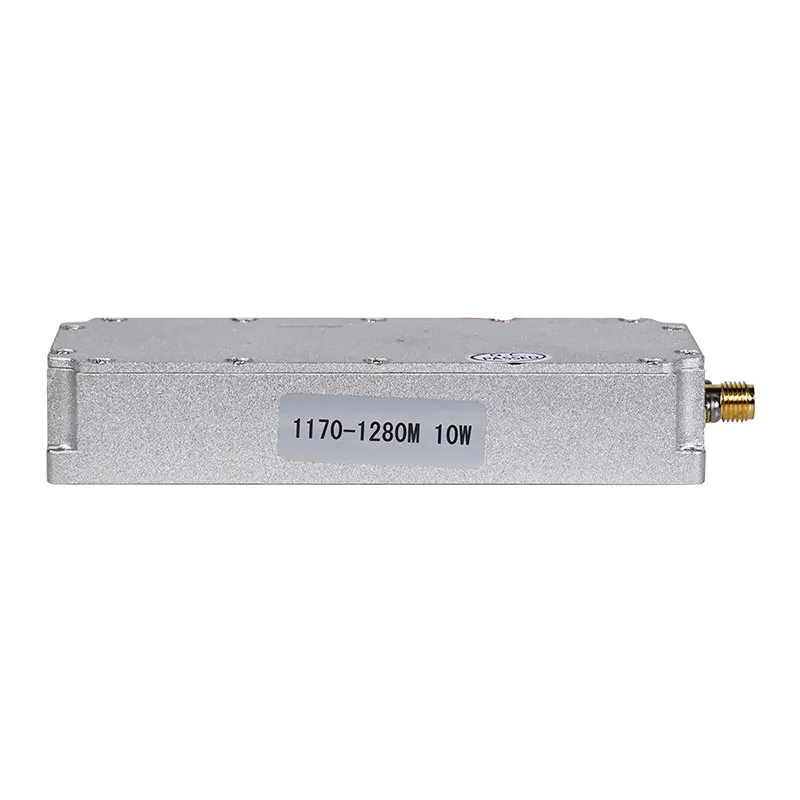How Anti-Drone Modules Are Shaping the Future of Airspace Security
2024-11-20
The rise of drones has revolutionized industries, but it has also posed unprecedented security challenges. To address these concerns, anti-drone modules are emerging as a critical technology, ensuring safe and secure airspace. In this blog, we explore how these modules are shaping the future of airspace security.
The Growing Need for Anti-Drone Technology
Drones are increasingly being misused for illegal activities such as:
- Smuggling: Transporting contraband across borders or into prisons.
- Espionage: Conducting unauthorized surveillance over sensitive areas.
- Safety Hazards: Endangering airplanes or violating restricted airspace.
The urgency to mitigate these risks has driven innovation in anti-drone technology, making it an indispensable part of modern security systems.

How Do Anti-Drone Modules Work?
Anti-drone modules operate through a combination of technologies:
1. Detection: Using radar, RF scanners, or optical systems to locate drones.
2. Identification: Differentiating between friendly and hostile drones through databases or AI algorithms.
3. Neutralization: Employing non-lethal measures such as:
- Signal jamming to disconnect drones from their operators.
- Hacking or taking control of drones to redirect them safely.
- Deploying nets or laser systems for physical takedown.
Advancements in Anti-Drone Modules
1. Artificial Intelligence (AI): Enhances accuracy in identifying drones and predicting their behavior.
2. Compact Designs: Modern modules are smaller and more portable, allowing for deployment in diverse environments.
3. Networked Systems: Integration with larger security frameworks provides a comprehensive approach to airspace safety.
Industries Driving Adoption
- Defense and Military: To counter surveillance and threats from hostile drones.
- Aviation: Ensuring the safety of aircraft and preventing unauthorized drone activity near airports.
- Event Management: Protecting large public gatherings from potential drone-related disruptions.
Challenges and Opportunities
While anti-drone modules are rapidly advancing, challenges remain:
- Evolving Drone Technology: Countering increasingly autonomous and stealthy drones.
- Regulatory Frameworks: Balancing the need for security with legal restrictions on counter-drone measures.
Opportunities lie in leveraging AI, improving cost-effectiveness, and expanding applications to urban environments.
The Future of Anti-Drone Modules
As airspace becomes more crowded with drones, anti-drone technology will play a pivotal role in ensuring safety and security. Innovations such as AI-driven identification, long-range detection, and integrated systems promise a future where rogue drones are effectively neutralized, safeguarding critical areas and public spaces.
Conclusion
Anti-drone modules are not just a response to current threats—they are a proactive investment in the future of airspace security. As the technology evolves, these systems will become more accessible and versatile, ensuring safer skies for all.


